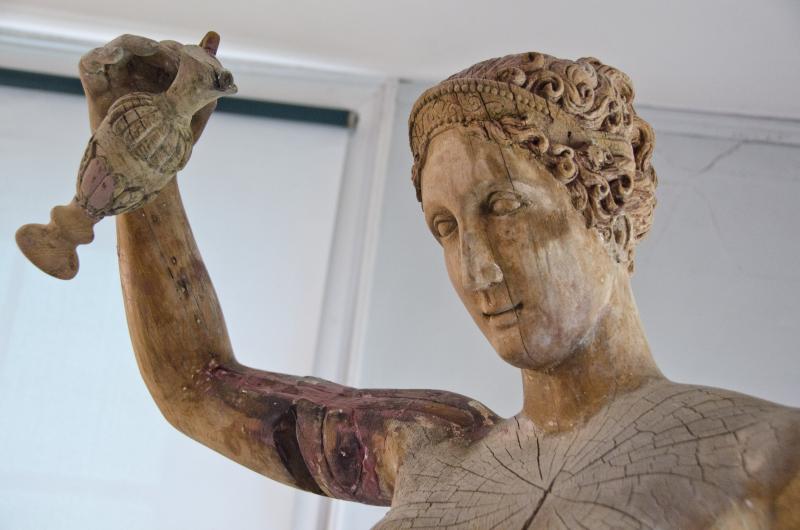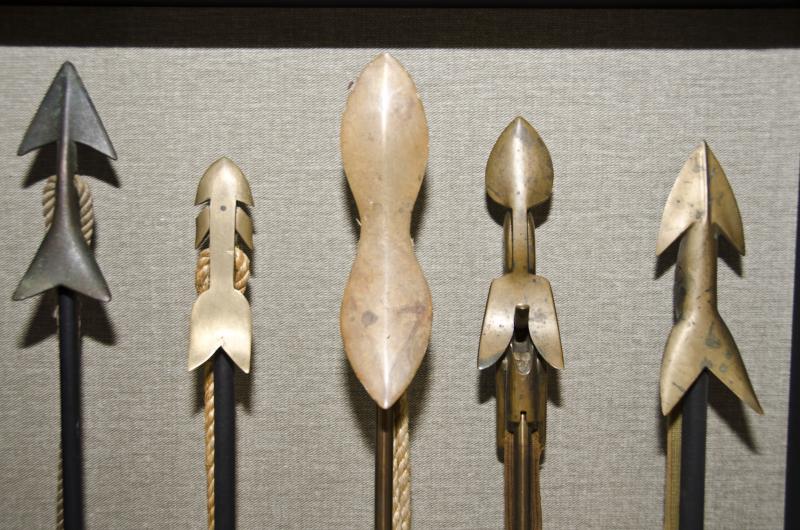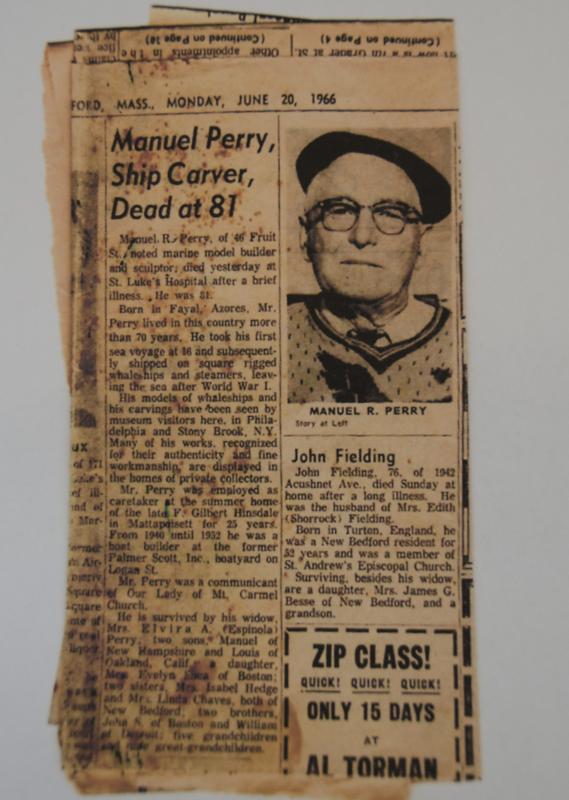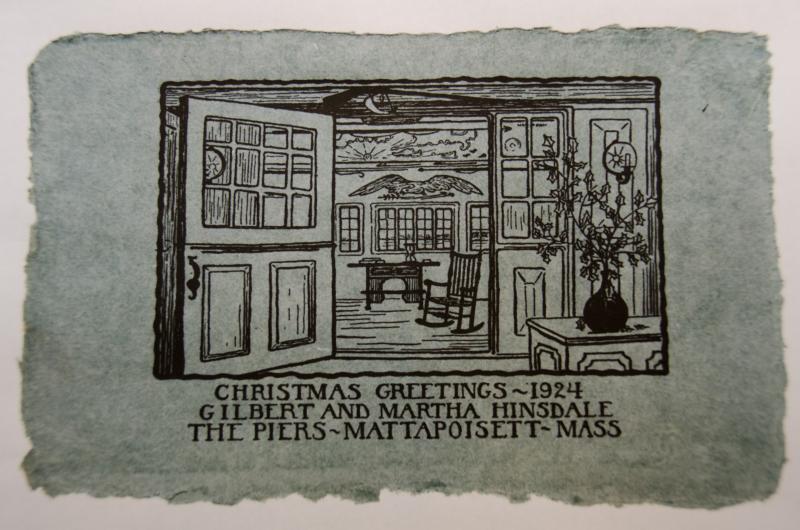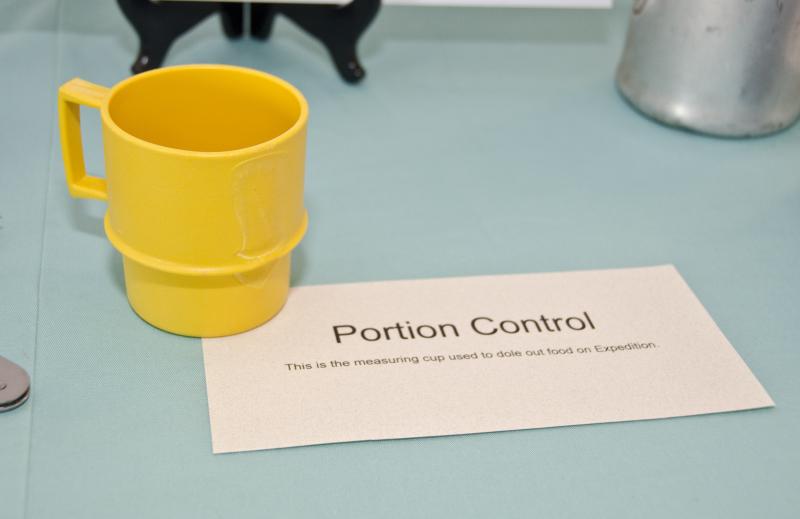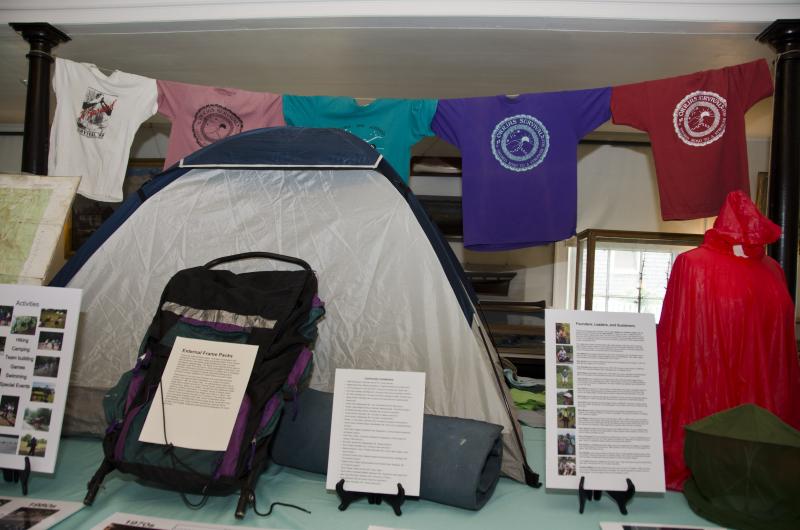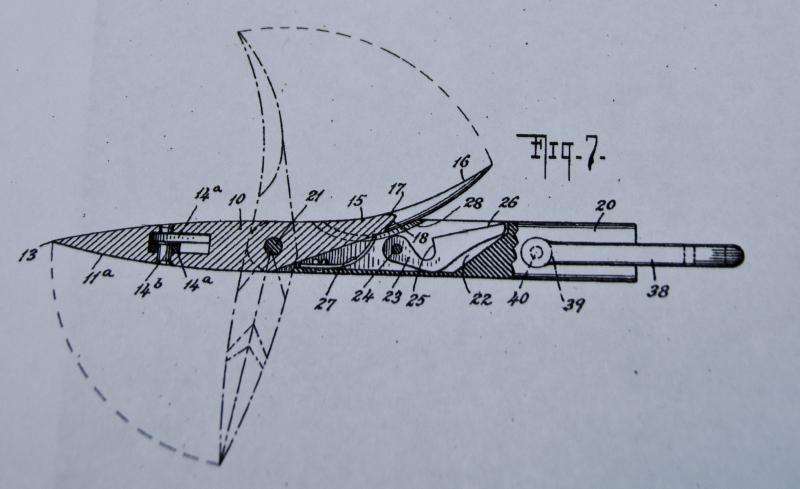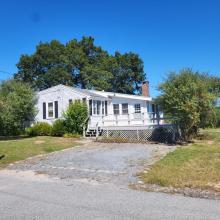New exhibit follows family from whaling industry to junior high camping
Carved whale bones and a week-long junior high camping trip would not appear to have much in common, but in Mattapoisett they have a surprising link.
“From Scrimshaw to Survival: Sophia Means’ Descendants and the Town of Mattapoisett” is the new summer exhibit opening at the Mattapoisett Historical Society Museum on July 1.
“It’s a look at how one family contributes to Mattapoisett over a century,” says Curator Elizabeth Hutchinson.
In 1902, Sophia Means, a Boston woman with two daughters, purchased the property at 20 Water Street and built a home there. Means’ family tree would branch off to include Hinsdales, Todds, Fields and Mellos.
The exhibit began to form after the 20 Water Street property and a Todd family residence on North Street were sold. Means' descendants split up the artifacts inside and some family members offered, several to add to the collection, others to borrow.
Many of the pieces in the collection come from F. Gilbert Hinsdale, who married Means' daughter Martha. The two split their time between New York and the Water Street home for decades.
Hinsdale was a collector, an art lover, an inventor and an avid swordfisherman.
“Hinsdale was interesting because he was a whaling era memorabilia collector. He collected all this whaling memorabilia that people at the time weren’t thinking about collecting,” said Hutchinson.
As such, Hinsdale preserved some of Mattapoisett’s whaling history. Much of his collection of whaling harpoons and scrimshaw, engraved bone that usually comes from whales, was donated to the New Bedford Whaling Museum in 1959, but some of it stayed in the family.
Mattapoisett native John Mello, a descendent of the Means family, loaned the museum several intricately carved pieces of scrimshaw from Hinsdale’s collection.
Hinsdale’s own inventions also appear in the museum. Though he worked in textiles in New Bedford, he also spent a lot of time on the sea. Hinsdale invented a number of harpoon darts for swordfishing, including one moveable tip that splays out after snagging its catch.
Hinsdale’s harpoon tips, a donation by descendant John Clark, are on display in the exhibit. Those or some like it may have been with Hinsdale during one dangerous trip.
While sailing from Edgartown on the Eliza A. Benner in 1918, Hinsdale and almost 20 other ships were attacked by German U-boats. The ships were 150 miles off shore when the Germans began blowing up ships. The Eliza A. Benner survived, and Hinsdale had renowned artist Clifford Ashley paint the scene. A carving by Manuel Perry, an artist and the Hinsdales' caretaker, completed the three-dimensional illustration of the harrowing encounter.
That piece too is part of the museum’s new exhibit as are artifacts from the Hinsdales' household. A carving of a Neo-classical woman who once perched on the roof looking out over the water and a large Daniel Boone weather vane once belonging to the Todd family and carved by Perry are part of the exhibit as well. Broadwater Marine Service owner Jim Broadwater and employee Steve Mendell restored the pieces for the museum.
Taking what would seem to be an unrelated turn, the exhibit also focuses on the 43-year history of Survival, which takes seventh graders out to the woods for a week of camping. Sophia Means’ descendants also played a part in that multigenerational program, which has become an institution in the tri-town.
After two years of hosting it in Rochester, the organizers decided it was too close to home for kids.
Means’ other daughter Mary married Horace Field Sr., a Mattapoisett man with property in Northfield. Their descendants offered up the use of their property in the Berkshires for the students to use each year.
“The Fields have this long history of being environmentalists,” said Historical Society President Jennifer McIntire.
The exhibit features T-shirts, badges and other pieces from the program while also highlighting the many volunteers who have made Survival possible each year.
“It never would have lasted this forty-three years if it weren’t for such a large team of dedicated people,” said McIntire, whose kids have participated in the program.
Volunteers shared their experiences with McIntire, and students at the high school also conducted an oral history project, interviewing a number of Survival survivalists. Some of those interviews will be part of a slideshow on display during the exhibit that features photos from the program.
The Historical Society hopes the lasting influence of Sophia Means’ family will resonate with townspeople and help them to consider the contributions they make.
“It’s so cool how one family over this hundred-year period could make little contributions to the town that really shape the culture of the town,” said Hutchinson. “It is also for us to think about how all the little things we do eventually make a big impact on the town’s culture.”
The exhibit will run through Aug. 29. The museum is open Wednesday through Saturday from 1 to 4 p.m. Admission is $5 for adults, $2 for children 6 to 12 and free for members. For more information, visit mattapoisetthistoricalsociety.org.

